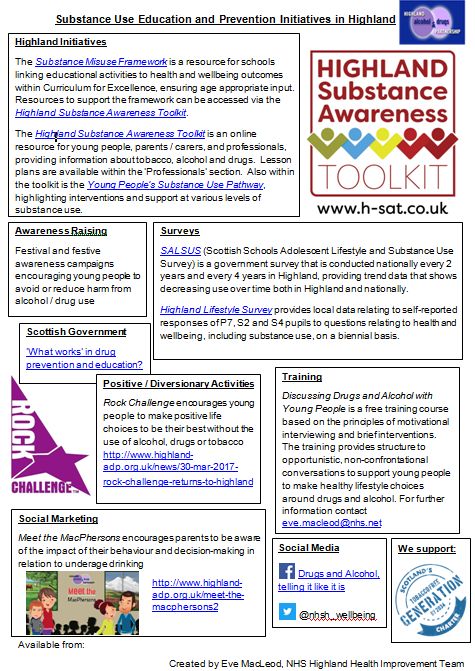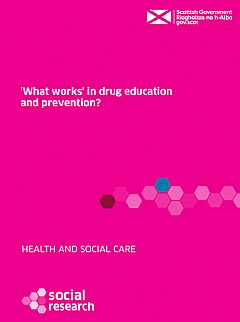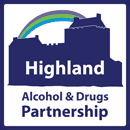Fairer and Healthier Communities
Local outcome: "Communities are fairer, healthier and better informed with reduced levels of substance use and associated harm."
Within this strand of our work we focus on population wide approaches to prevent, delay or reduce the use of alcohol and drugs amongst adults, young people and communities in Highland. To find out more about the harms and impact of alcohol and drugs read our alcohol facts and drug facts pages.
Prevention and Education
A shared priority across Highland ADP is a shifting emphasis towards  prevention and early intervention. This will improve the longer term health and wellbeing of the population and also reduce the need to focus the majority of resources on support, where drug and alcohol problems are well established.
prevention and early intervention. This will improve the longer term health and wellbeing of the population and also reduce the need to focus the majority of resources on support, where drug and alcohol problems are well established.
There are a number of substance use education and prevention initiatives in Highland, highlighted in this resource produced by the NHS Highland Health Improvement team.
The Highland Substance Awareness Toolkit is an online resource for young people, parents / carers, and professionals, providing information about tobacco, alcohol and drugs. Lesson plans are available within the ‘Professionals’ section. Within the toolkit is the Young People’s Prevention and Education Model, highlighting interventions and support at various levels of substance use and the Highland Substance Awareness: Prevention and Education Framework, a resource for schools linking educational activities to health and wellbeing outcomes within Curriculum for Excellence, ensuring age appropriate input. Further information is available on our dedicated web page.
A literature review ‘What works’ in drug education and prevention?  published in 2016 examines the evidence of effectiveness of different types of drug prevention and education for children and young people, principally that which is delivered in schools.
published in 2016 examines the evidence of effectiveness of different types of drug prevention and education for children and young people, principally that which is delivered in schools.
This research indicates that improved outcomes can be achieved by embedding prevention in holistic strategies that promote healthy development and wellbeing. Other effective approaches include family-inclusive educational programmes, individual and family involvement in positive activities. Targeting young people most at risk of harm, or already using substances, can also be effective.
Page last updated: 11 July 2018

